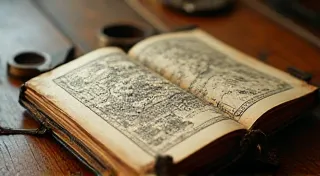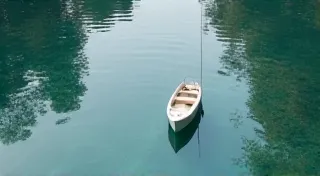The Magnetic Seed: Cultivating Creativity Through Exploration
There's a quiet magic in holding something old, something crafted with intention and a deep understanding of its purpose. I remember the first time I encountered an antique accordion. It wasn's in a museum, or a specialist's shop. It was tucked away in my grandfather’s attic, shrouded in dust and smelling faintly of wood and time. Its bellows were stiff, its keys stuck, yet the sheer artistry of its construction – the intricate carvings, the precisely-fitted valves – sparked something within me. It wasn't just an instrument; it was a testament to human ingenuity, a puzzle waiting to be understood.
That feeling, that desire to understand, to breathe new life into something seemingly inert, is at the heart of what I’ve found so compelling about rare earth magnet projects. It’s a similar journey – taking something fundamental, a seemingly simple force, and transforming it into something that demonstrates intricate principles and unexpected potential. Just as an accordion’s sound relies on meticulously crafted reeds and air pressure, magnetic devices rely on the strength and precision of rare earth magnets.
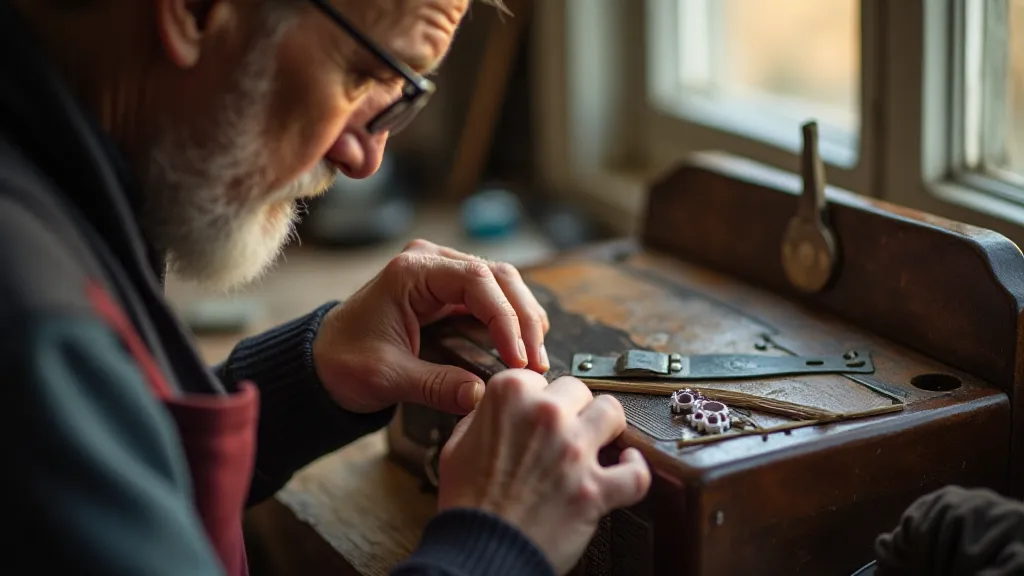
The Accordion and the Atom: Shared Principles of Craftsmanship
The craftsmanship required to build an accordion, especially a vintage one, is astonishing. Each part – from the wooden casing to the leather bellows to the tiny, perfectly-formed reeds – demands precision and a deep understanding of material properties. Think about it: the accordion relies on the controlled movement of air, precisely regulated by vibrating reeds. It’s a mechanical symphony, a testament to the ingenuity of its creators. Similarly, working with rare earth magnets – neodymium, samarium cobalt, dysprosium – requires an appreciation for their unique characteristics. You need to understand their strength, their polarity, their susceptibility to temperature and demagnetization. It’s not simply about sticking them together; it's about harnessing their power intelligently.
Restoring an antique accordion is often a detective story. You’re not just fixing a broken instrument; you’re piecing together a history. You learn about the maker, the materials they used, the techniques they employed. This same investigative spirit applies wonderfully to magnetic projects. A simple magnetic levitation project, for instance, isn’t just about making something float; it's about grappling with the interplay of magnetic fields, understanding repulsive forces, and possibly even exploring the principles of superconductivity. You’re uncovering the underlying science through hands-on experimentation. Consider, for instance, the elegant challenges involved in the magnetic loom, weaving circuits with attraction and repulsion—it shares a kindred spirit with the detailed artistry of a vintage accordion.
Cultivating Problem-Solving Through Magnetic Experimentation
One of the most rewarding aspects of magnetic projects, for me, isn’t necessarily the finished product, but the journey of discovery. I remember my first attempt at a simple magnetic motor. It was a spectacular failure, a frustrating tangle of wire and magnets that refused to rotate. But that failure wasn’t discouraging; it was an opportunity to learn. I meticulously analyzed what went wrong – the alignment of the magnets, the friction in the bearings, the balance of the rotor. Each iteration brought me closer to success. That process – that iterative cycle of hypothesis, experimentation, and refinement – is invaluable. It's the essence of problem-solving, and it’s a skill that transcends the realm of magnetic projects. The principles involved are surprisingly analogous to the intricate engineering required in older musical instruments, showcasing the universal application of mechanical ingenuity. The beauty lies not only in the visible outcome, but also in the problem-solving journey itself. Imagine the subtle interplay of forces at play—akin to whispers of the void and their role in magnetic space exploration—a testament to the power of human curiosity and the vastness of the unknown.
The beauty of these projects lies in their accessibility. You don't need a fancy lab or a degree in physics to start experimenting. A few rare earth magnets, some wire, and a bit of creativity are often all you need. And the possibilities are truly endless. You can build magnetic levitation devices, construct simple electric motors, create fascinating field visualizations, or even design artistic sculptures that interact with magnetic fields. The underlying principles, often seemingly complex, offer a delightful challenge to tinkerers of all skill levels.
Beyond the Mechanics: Appreciating the Science
It's easy to get caught up in the mechanics of a project – the nuts and bolts, the soldering and gluing. But the real magic happens when you start to understand the science behind it. Why do magnets attract or repel each other? What is a magnetic field? How do electromagnets work? These are questions that can unlock a deeper appreciation for the world around us. Rare earth magnets, with their incredible strength, provide a particularly compelling entry point into these concepts. They are visible manifestations of powerful forces at play, and they inspire curiosity and a desire to learn more. Imagine the complex interactions at play—much like the subtle shifts and influences that govern magnetic resonance with the Earth’s hidden rhythm; it's a dance of forces both subtle and profound. The interplay of magnetic fields, when understood, reveals the interconnectedness of our universe.
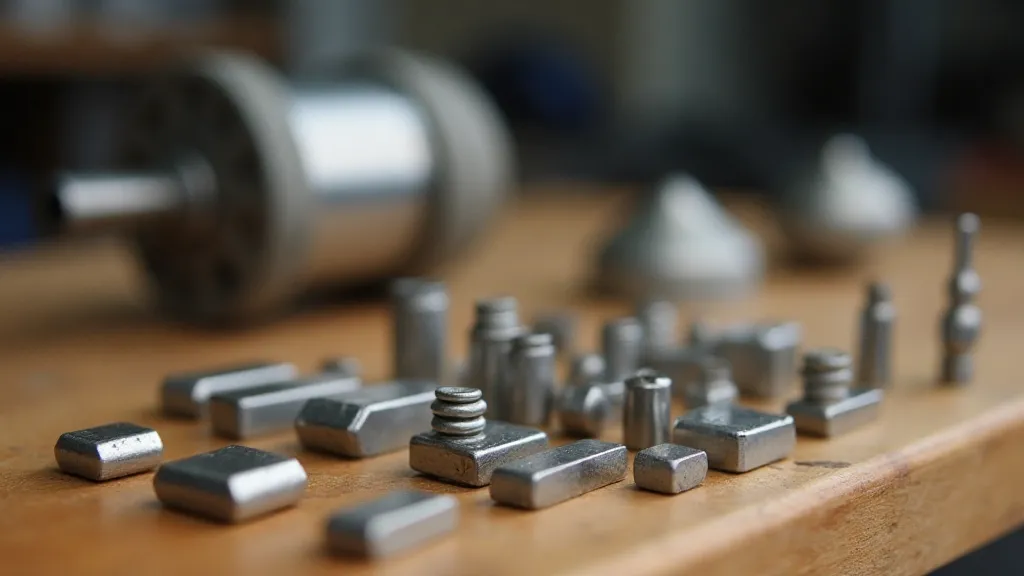
Safety First: Respecting the Power of Magnetism
Of course, working with powerful magnets requires caution. Rare earth magnets are incredibly strong, and they can pose a safety risk if not handled properly. It's important to keep them away from electronic devices, credit cards, and pacemakers. Small magnets can be a choking hazard for children. Always wear eye protection when working with magnets, as they can shatter if they collide. A bit of common sense and a healthy respect for the power of magnetism are your best defenses. Understanding the potential risks and respecting the power of these forces is paramount to a safe and rewarding experience.
Collecting and Conservation: A Legacy of Craftsmanship
Just as antique accordions are increasingly valued for their historical significance and exquisite craftsmanship, so too are rare earth magnets finding a place in collecting circles. While the magnets themselves are relatively modern, the historical context of their applications – early electric motors, experimental devices – creates a narrative that is increasingly appreciated. Understanding the materials and construction techniques used in vintage devices can be fascinating, and it provides a valuable link to the past. The restoration of a broken magnetic device, like restoring an accordion, is an act of preservation, ensuring that a piece of ingenuity and history continues to inspire future generations. It’s about more than just functionality; it’s about preserving a legacy. This spirit of conservation mirrors the appreciation for vintage instruments, where the story held within the physical object is as important as its playing capabilities.
The evolution of these devices, from early experimental prototypes to the powerful magnets we use today, offers a fascinating glimpse into technological advancement. Consider the parallels: a well-maintained antique accordion speaks volumes about the dedication and skill of its maker, just as a carefully preserved magnetic device tells a story of innovation and ingenuity. The preservation of these artifacts provides a tangible link to the past, reminding us of the challenges overcome and the progress achieved.
And the potential for rediscovering lost techniques or understanding the limitations of early designs is a tantalizing prospect for enthusiasts and historians alike. Perhaps a seemingly simple magnetic device holds a clue to a forgotten scientific principle or a novel engineering approach. The possibilities for discovery are endless.
Imagine the excitement of uncovering a vintage magnetic motor, its design reflecting the constraints and limitations of the available technology. The discovery could shed light on the evolution of magnetic engineering and inspire new approaches to modern design.
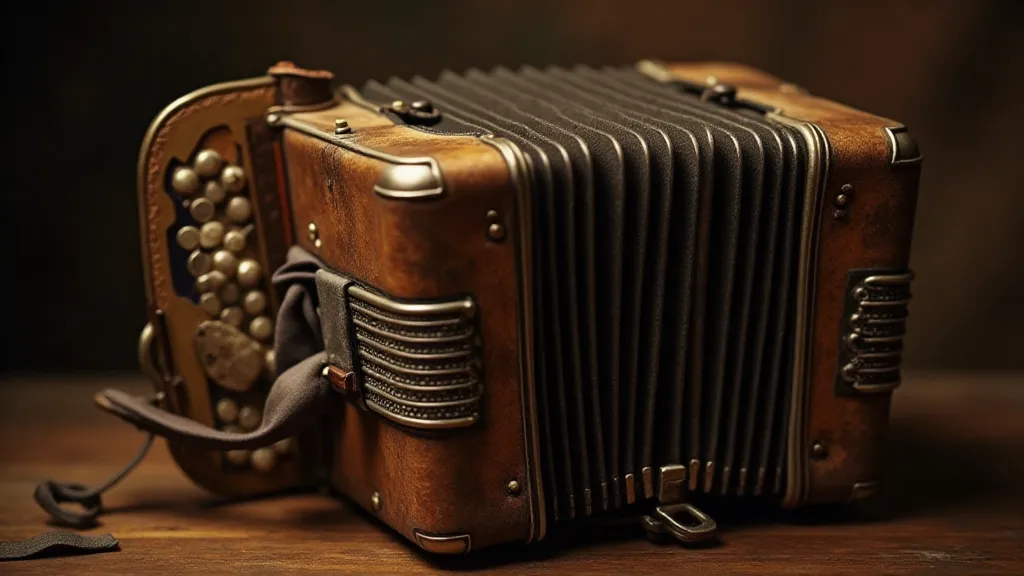
The beauty of both antique musical instruments and these technological relics lies in their ability to connect us to a time when craftsmanship was paramount and innovation was driven by necessity.
The preservation of these artifacts not only honors the ingenuity of past generations but also inspires us to push the boundaries of what is possible today.
Ultimately, engaging with rare earth magnet projects, like restoring an antique accordion, is more than just a hobby. It’s a journey of discovery, a cultivation of creativity, and a deep appreciation for the ingenuity of human innovation. It's about taking something fundamental – a simple force, a collection of carefully crafted components – and transforming it into something that inspires wonder and illuminates the beauty of science. Understanding the nuances of how these forces interact is surprisingly vital.



